Millions Visit Tirupati Balaji but Few Know This

The heavenly temple located on the high of the revered Tirumala hills in Andhra Pradesh — the Tirupati Balaji Temple is the guiding lighthouse to millions of pilgrims in the world. Also known Lord Venkateswara, this ancient temple is not a mere worship place, it is a life-long example of faith, miraculous events and unequaled spiritual power.
Tirupati with multiple traditions, captivating etalons, and well-grounded mythology takes an exclusive place in the hearts of pilgrims who come with hopes, prayers and thanks. However, behind the rituals and the religious zealousness, there are secrets, and only a few comprehend them – the secrets that cannot be explained and science cannot contradict, which adds to the religious glow of the deity.
This blog takes us on a discovery tour of the hidden mysteries of the temple: of the uncanny warmth that surrounds the idol, and the godly call to the ocean, of the untouched back of the god and a lamp that has been burning the past millennia. Be prepared to find out the unseen secrets of a temple that was as mystical as magnificent.
The Mysterious Idol That Defies Time
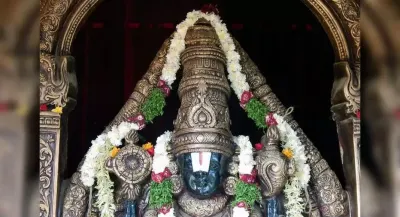
The supreme worshipping god, Lord Venkateswara, towers in the sanctum sanctorum — it is an 8-foot-high idol that is supposed to be Swayambhu (self-manifested). The Interscience thing is that the idol looks always wet, but many times it gets dried. According to priests, after wiping, a kind of water appears to trickle out of the idol and to date no scientific explanation has been given to this temporarily held water.
More mysterious still is what happens to the temperature of the idol that remains at the same level of 110°F (43°C) although the sanctum is a naturally cool one built of hard stone material, as well as air-conditioned. This sameness has baffled researchers and scientists.
The Hair of the Lord – Silky Smooth and Real?
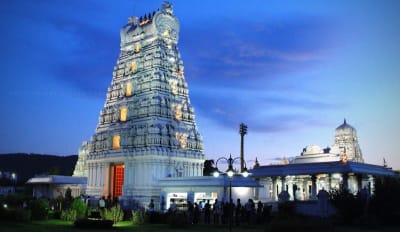
When you closely examine the idol of Balaji, you would find that this deity is depicted to have flowing hair which is referenced by most people to be having silky hair, well kept, yet all-natural. Both devotees and priests insist that they are not wigs nor artificial but just like human hair and the question arises how could a stone idol possess such faculties?
Others say it depicts a symbol of the Lord accepting the offerings of His devotees (particularly tonsuring of the hair) whereas others have insisted it looks at to divine incarnation.
The Back of the Idol Is Never Seen

This is one of the facts which very few followers would know and nobody has ever seen the back of the idol of Lord Venkateswara.
The back side is always covered by a heavy Velvet curtain, and it is believed that it is never allowed to touch or even look at the back situation. The priests assert that they even have seen a mysterious crack or depression on the back of the idol that drips some special aromatic substance.
It is said that when He appeared the Lord was hit by a shepherd and this appears in the form of a scar on His back. This area is liberally covered and rubbed with an inoculant herbal paste made of camphor which never dries up.
Flowers Come From a Secret Garden
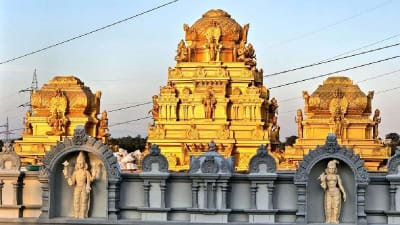
The flowers that are given to the deity every day are not sourced from any commercial market. They are cultivated in a secret and sacred garden known as the Pushpa Vanam, and only a few temple authorities are allowed to enter.
The Tulsi leaves that could be used in a ritual are also cultivated in the land without any use of chemicals in fertilizing it, and the leaves are offered with sacredness.
Balaji’s Left Eye Is Always Covered
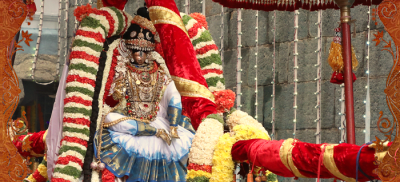
In case you have paid close attention to the idol, you would find that one of the eyes of the Lord Venkateswara is partially obstructed by a tilak or jewelry.
Why? The legend says that the eye of the Lord is so powerful that it can burn the universe when completely disclosed. His left eye is covered in a symbol of restraint and mercy to save devotees and the world.
The Sound Behind the Idol – Echoes of the Ocean
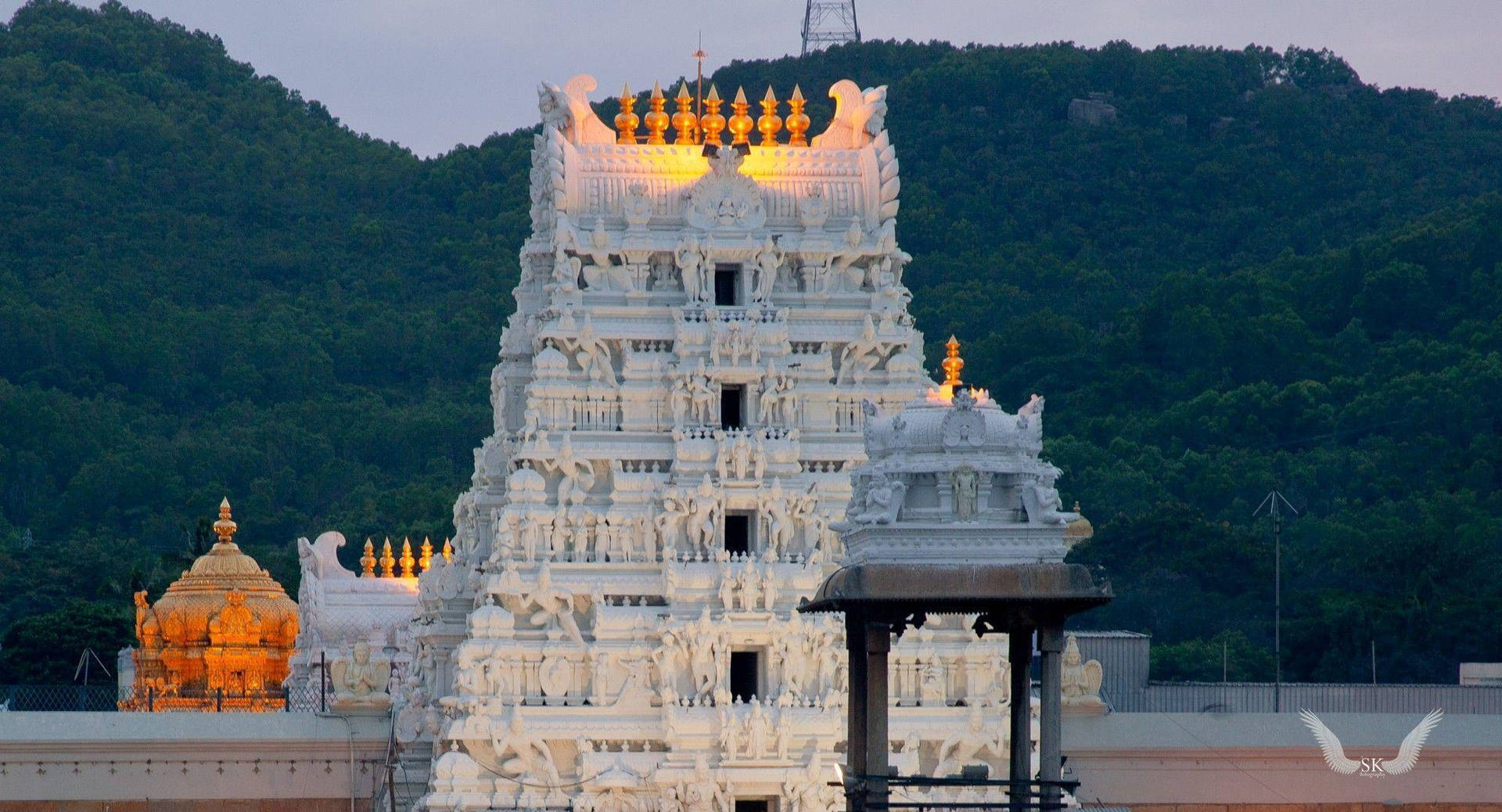
The coldest yet pretty amazing story is that one can always hear the ocean when he/she puts his/her ear to the back of the idol. This is particularly weird seeing that Tirumala is situated 800 meters above sea level and nowhere close to the seashore.
This does not yet have a reason behind it but the locals believe that it is a cosmic connection that Lord has with nature. According to certain mythologies Lord Vishnu (one of Whose avatars is Venkateswara) is said to be in the ocean of milk (Ksheer Sagar), and the swan is described as His perpetual resting place.
The Enigma of Archana – A Ritual Passed Down Orally
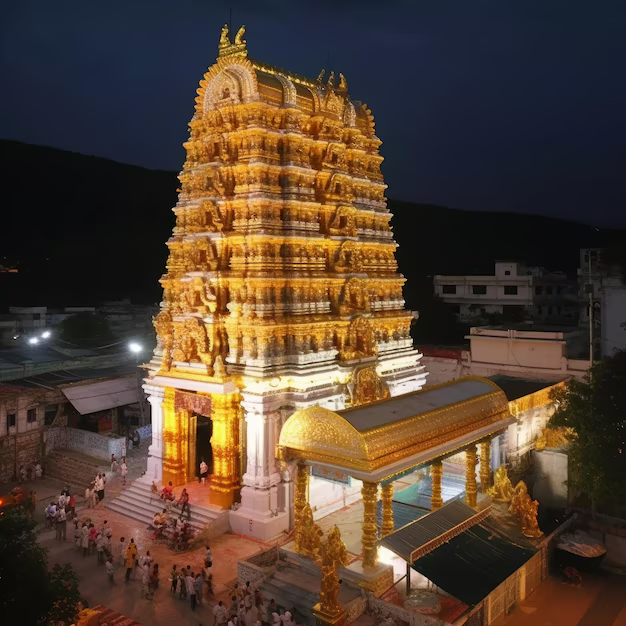
Daily performance of 'Naivedyam', 'Suprabhatam’ and 'Archana' in a very ancient dialect of Sanskrit and Tamil is performed in Tirupati. The priests do not read any books and this is what is amazing. It happens that the whole process is recalled and taught verbally through generations.
It is an oral tradition that has survived more than 1000 years with no written landmark. It is a very pretty, yet delicate, showpiece of Indian oral spirituality.
The Festival Where the Lord 'Goes to Sleep’
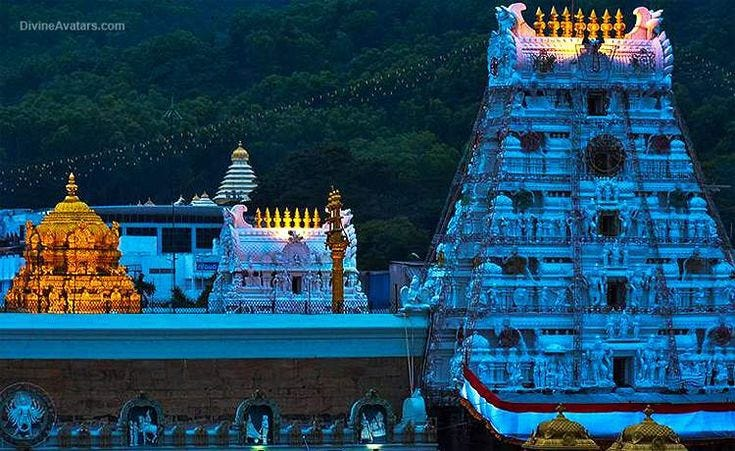
The god is supposed to rest symbolically once a year, during Pavitrotsavam (a treatment designed to cleanse), a purification ritual. The idol is reclining (or sleeping) position (Sayana Seva) and it is rocked to sleep by songs and lullabies.
This occurrence prompts the worshipers that even deities take rest and it gives them an avenue to make up in case they have committed any errors in the rituals in the year.
Laddu Prasadam – A Sacred Recipe Protected by Law
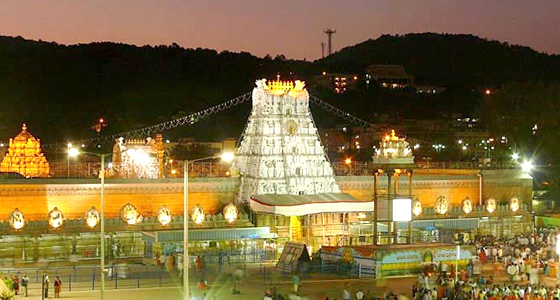 The laddu prasadam at the holy city of Tirupati is not an ordinary sweet, it is a religious icon and it is rather unique that millions of people come to have a portion of it as an offering to their god. But have you ever heard that the recipe is guarded with a GI (Geographical Indication) tag?
The laddu prasadam at the holy city of Tirupati is not an ordinary sweet, it is a religious icon and it is rather unique that millions of people come to have a portion of it as an offering to their god. But have you ever heard that the recipe is guarded with a GI (Geographical Indication) tag?
This special laddu can only be prepared and sold by Tirumala Tirupati Devasthanams (TTD). There is nothing new in the ingredients used i.e. besan, ghee, sugar, cashews, raisins and cardamom, but there is a secret in the way it is prepared, the divine manner in which it is made and the mercy of the deity.
The Lamp That Never Dies
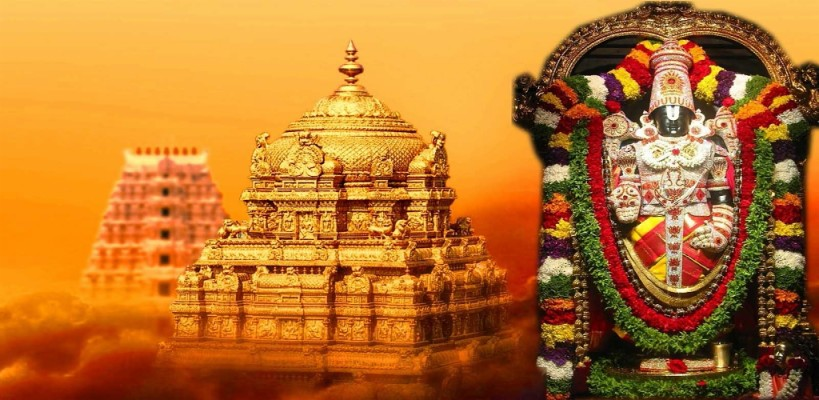
Within the shrine is a lamp that is credited to be burning ever since 1000 years ago. The temple priests promote the flame which is regarded as sacred and faithful worshipers believe that the flame gives the eternal presence of the Lord. They say, that this lamp was never permitted to be put out during any renovations or historical events, such as the invitations and the maintenance of the temple.
Tonsure Tradition – The Offering of Ego
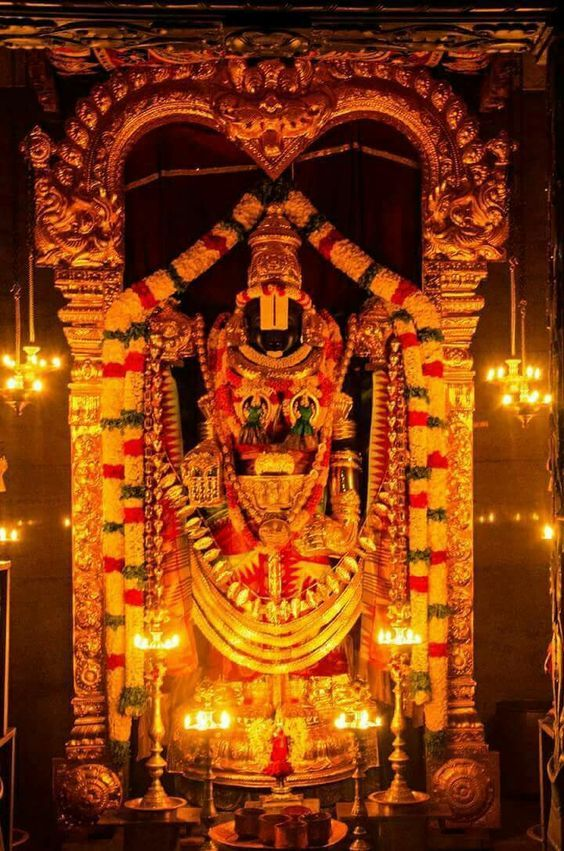
Tirumala is one such place where more than 20,000 every day offer their hair in gratitude or as repayment. To shave the head is figurative then, a sort of sacrifice of the self, egoiness, and vanity.
Little do people know that this hair is properly gathered, segregated and sold abroad at auctions and this earns the temple a great deal of money. There is a high demand for good Indian hair in the manufacture of wigs and hair extensions in Europe and Asia. All the money accrued is channeled to charitable works that the temple carries out.
Sacred Geometry and Perfect Architecture
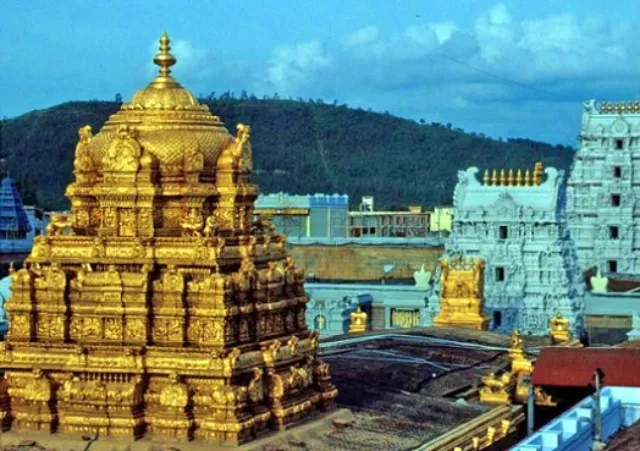
The temple is a great architectural masterpiece and it has been constructed so that the morning rays enter through the side doors and then go right in the feet of the Lord on some days of the year which again is pre-planned in the construction of the temple centuries ago.
The temple is also based on the principles of Vaastu Shastra and sacred geometry that ensures divine energy flows out of the sanctum into the house, captivating all those who come to visit it with spiritual energy.
The Hill Itself Is Considered a Deity
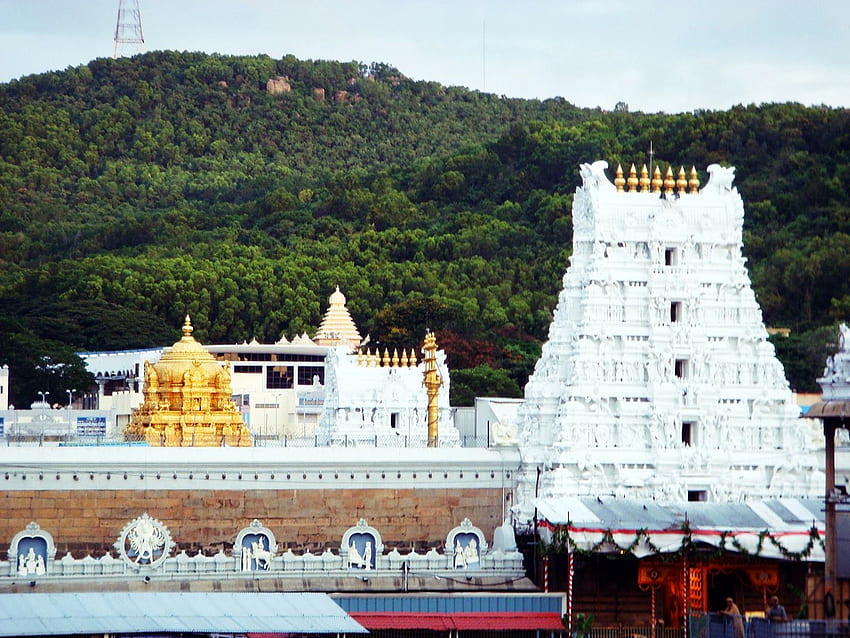
The Tirumala hill is not merely a place but it is considered an avatar of Adi Sesha, the thousand-headed snake that Vishnu is resting. There are seven peaks of the hill symbolizing the seven hoods of Adi Sesha.
The stones and the earth in this place are even sacred. To express devotion, numerous pilgrims prefer to walk the whole stretch almost up the hill (9 km climb), many of them in bare feet and think every step brings them closer to the divine.
No Bells in the Sanctum
Despite the majority of Hindu temples, the industry of bell ringing is considered one of the significant rituals, in the inner sanctum of Tirupati Balaji, however, no bell is located. This is purposely done. The mood around the Lord is supposed to be kept silent and meditative, with no distractive sounds of the gongs or the bells, and enable the pilgrims to commune in silent form.
Conclusion
When most people visit Tirupati, they go with folded hands hoping that they will be blessed, with a job, marriage, curing or succeeding. However, as with most things, they overlook the eras of primordial mysticism, science-bucking and metaphysical allegory that accompanies the temple.
Tirupati Balaji does not merely belong to a god of stone. He embodies the shapelessness of the faith, the mixture of the myth with the reality and the ability to touch millions of people with devotion.
And so next time you go walk up those holy stairs or see just a glimpse of the Lord - remember - you are part of something much older, deeper and much more powerful than you might ever understand.